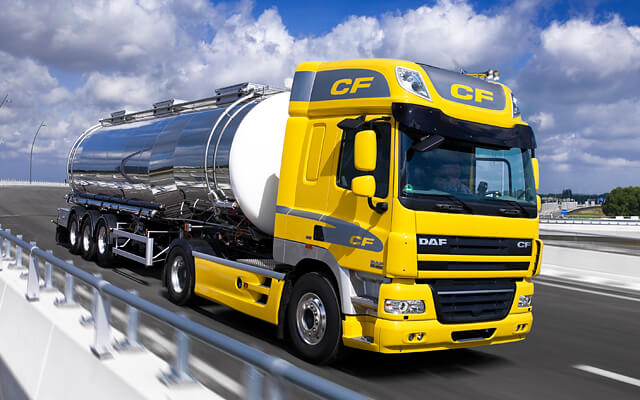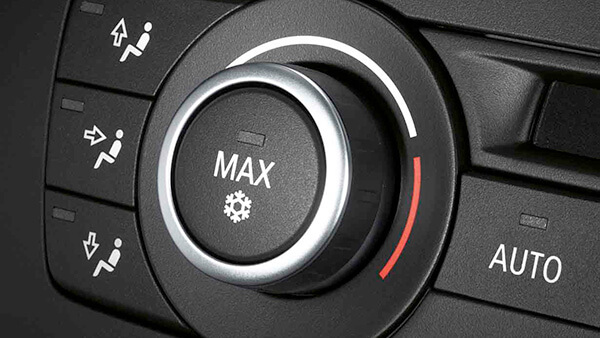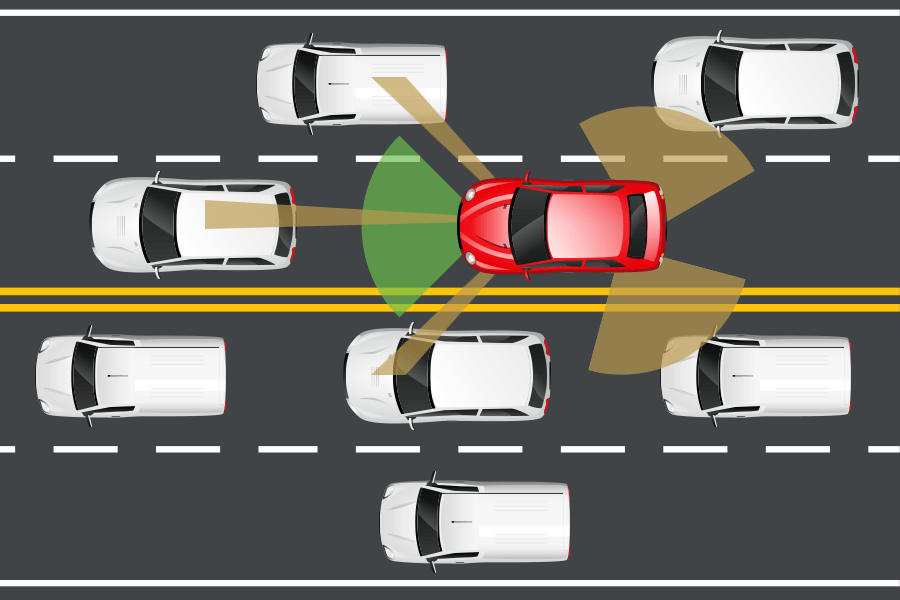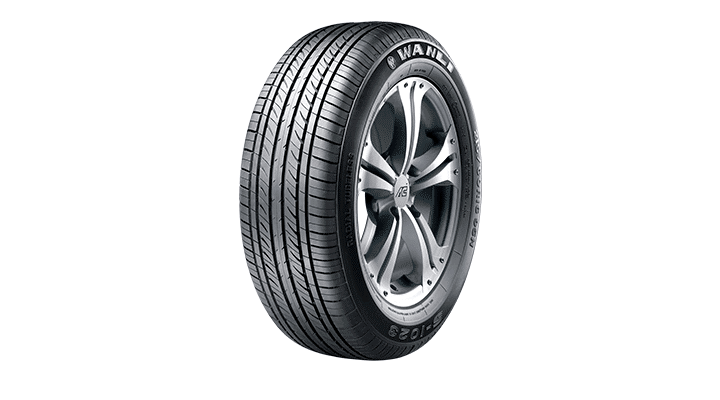Kenya is the leading country in Eastern Africa when it comes to importation of exotic cars and luxury SUVs. The Land Cruiser V8 popularly known as the V8 is the most yearned for SUV in our country. This SUV often comes as a symbol of wealth for those who own one. Compared to its competitors such as the Nissan Patrol, it still has a huge lead when it comes to the market share. Starting at 8 million shillings without on-the-road–costs, the V8 is truly a beast from the green hells.
The upper-large SUV category includes just six other contenders: Range Rover Vogue; Lexus LX570; Mercedes-Benz GL-Class; Nissan Patrol; Toyota Troop Carrier and the Toyota LandCruiser 70 Series Wagon.
Granted, when you compare the LandCruiser to those SUVs priced over 10,000,000 there’s less technology and luxury kit – but it nevertheless offers plenty of the key conveniences of its pricier rivals.
Reliability and Functionality
Top of these conveniences is size. There’s an enormous amount of interior space in the LandCruiser, with seating for eight adults when using the side-mounted third-row seats.
Even then, there’s ample legroom for third-row passengers and still enough space for the weekly grocery shop.
Fold the third-row seats up and load space expands to 1276 liters – and that still allows room enough for five adults.
The LandCruiser’s length also impresses – it can easily carry decent-size ladders while interior details such as the 10 grab handles and 10 bottle holders give it an element of practicality.
It also benefits from one of the largest center console storage compartments in the market, capable of swallowing 10 or more cans of drink.
The split tailgate is particularly useful for loading lighter goods into the cargo area without the need to lower the bottom section, which also serves as a load-bearing seat.
It’s quite a stretch, though, for shorter folk to close the top tailgate section and, disappointingly, there’s no power-operated tailgate option on the GXL. It’s only available on the top-of-the-line Toyota LandCruiser Sahara.
Cool Features
However, there’s no shortage of luxury features onboard the LandCruiser, with the GXL gaining a host of kits. They include a 6.1-inch touchscreen with satellite navigation, Bluetooth phone, and music streaming (audio clarity is decent), reversing camera, climate control air-conditioning, a 220-volt connector in the rear, 17-inch alloy wheels and keyless entry.
The entire dash has a soft touch and there’s the odd metallic-look highlight around the center stack and main console. However, overall it’s not what you’d call a premium finish more of a functional design using quality plastics.
The Powerhouse
Fire up the Land Cruiser’s 4.5-litre V8 twin-turbo diesel engine and there’s a fair amount of that familiar diesel clatter to be heard, despite Toyota’s best efforts to shield the cabin from the engine bay.
There’s less clatter when you start driving, but it’s still a fairly raucous experience.
It might weigh 2730kg, but with 195kW and a stump-pulling 650Nm from 1600rpm to 2600rpm, forward progress on board the Toyota Land Cruiser from a standing start is impressive.
Throttle response is also sharp and there’s little, if any, turbo lag to speak of, courtesy of the engine’s twin turbochargers.
The Transmission
The LandCruiser’s six-speed automatic transmission is also refined, delivering smooth shifts up and down the ratio range.
Drivers can use the sequential manual option if they wish, but with so much torque on offer so early in the rev range, we found little use for it.
Body roll is also well contained for such a large vehicle, particularly as ours was fitted with the optional Kinetic Dynamic Suspension (KDSS).
It’s a clever, invented system from a company called Kinetic Suspension Technology, which improves both off-road capability and on-road handling.
On the tarmac, KDSS works by continually adjusting front and rear stabilizer resistance, based on the movement of hydraulic cylinders mounted on the front and rear stabilizer bars.
Buyers who choose the diesel option will need to pay more to get KDSS, while the petrol models get the technology as standard equipment.
Perhaps even more impressive is the extraordinarily good ride comfort on board.
The Toyota LandCruiser runs a double wishbone, coil-spring front suspension and a live rear axle with coil springs and gas-filled dampers.
Even when driving in the worst maintained and uneven roads and not once can you describe the ride as anything but comfortable.
Potholes and broken-up stretches of road are all absorbed with a cushion-like ride.
Additional off-road assistance also comes from Toyota’s Crawl system, which automatically controls engine speed and brake pressure to maintain one of five possible low-speed settings below 25km/h.
Another useful addition to Crawl is the Off-road Turn-assist function that automatically brakes the inside rear wheel for ease of negotiating tight turns in the bush.
Brakes and Safety
With 340mm front and 345mm rear discs, the LandCruiser’s brakes aren’t exceptionally large, but they do offer considerable stopping power and progressive pedal feel.
There’s also the usual suite of safety equipment on board the LandCruiser, including six airbags, vehicle stability control, active traction control, hill-start assist, and multi-terrain anti-locking brakes that adapt to different surfaces such as sand, mud, and gravel.
Fuel economy
Combined fuel economy for the V8 turbo-diesel of 10.3 liters per 100 kilometers is excellent for such a heavy vehicle with such a powerful engine V8 engine.
There’s no denying the Land Cruiser’s long-standing reputation for toughened reliability and strong resale values. Combined with aspects like carrying capacity, a comfortable ride, decent handling, strong performance on and off-road and a price that undercuts most of its rivals by tens of thousands, it’s easy to see why the Toyota LandCruiser dominates the category.








